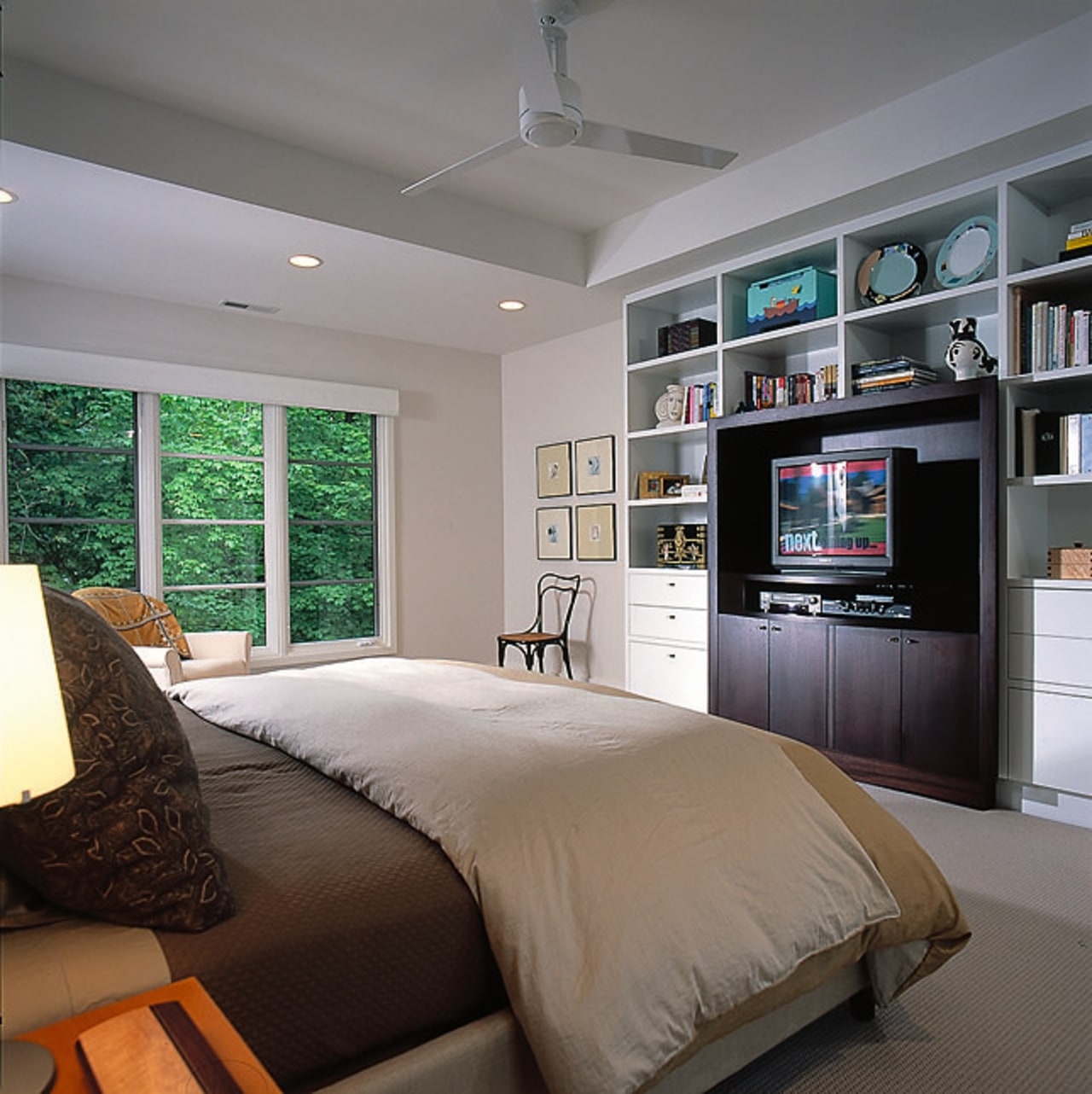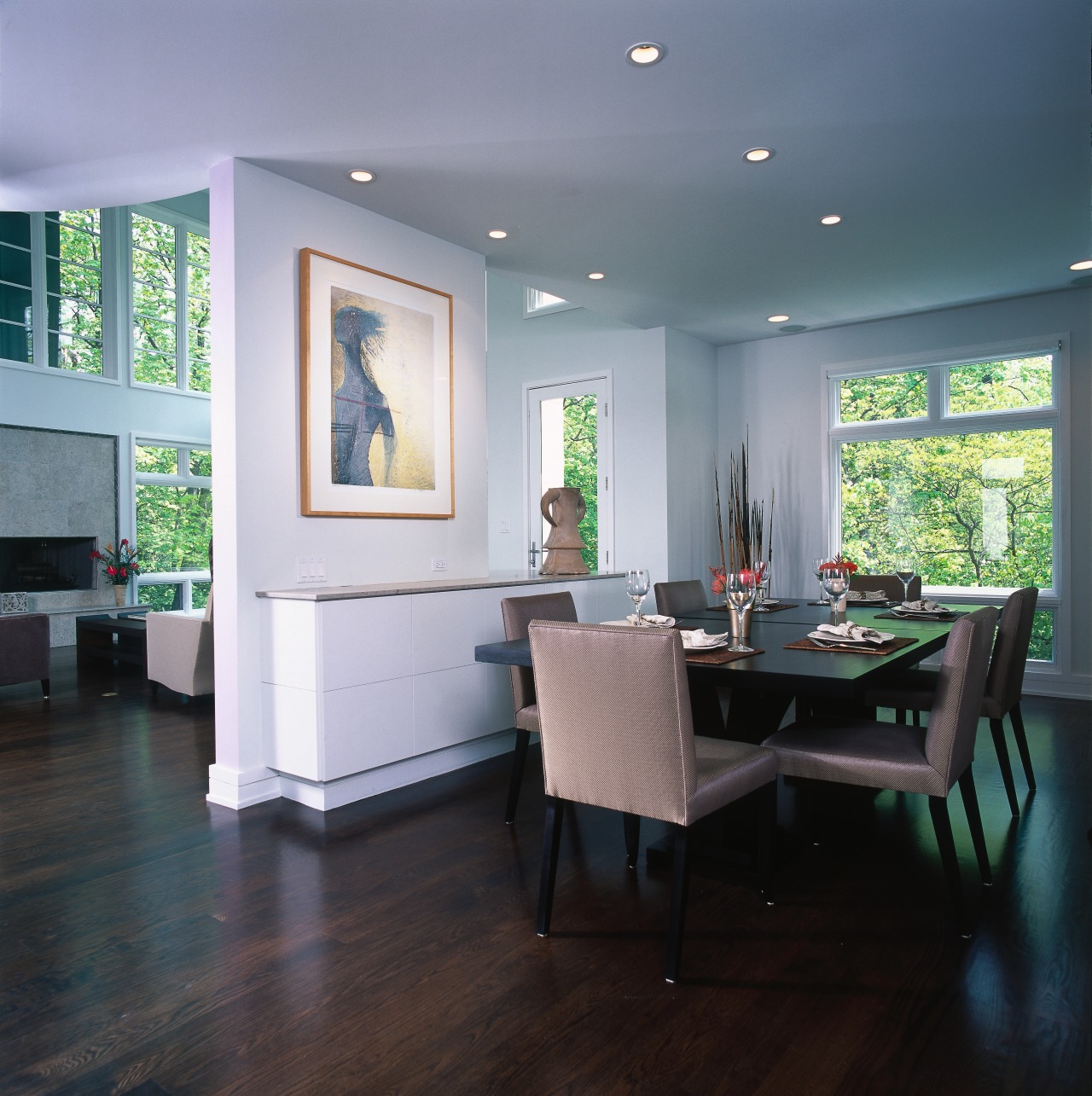Smart living
Good insulation and the right appliances and lighting can reduce your power bill
A warm home is a comfortable home. Fortunately, with a bit of foresight, keeping your home warm doesn't have to be a costly exercise.
Take wooden floors, for example. These have become increasingly popular in recent years, in both renovated villas and new homes.
But without underfloor insulation, wooden floors can be cold and drafty. Adding insulation is simple and will reduce your heating bill, says Hamish Handley of the Building Industry Authority.
"Using a high level of insulation throughout your home will make it warmer, drier and cheaper to heat and cool," he says.
He also suggests buying light fittings that use energy efficient compact fluorescent lamps (CFL) as another way to reduce your power bill without compromising your lifestyle.
CFLs use around 20% of the energy needed by an incandescent bulb to produce the same amount of light. Simply use a 14W CFL in place of a 75W light bulb for instant savings.
How does this work? A standard light bulb uses a heated filament to produce light, but only 5% of the energy consumed is converted to light. The other 95% is lost as heat. In contrast, a fluorescent light uses integrated electronic circuitry to control the light output, which produces significantly less heat.
Halogens are a commonly used incandescent light, particularly - over a work area in the kitchen, or to highlight a piece of art. For ambient light, halogens are less effective, and not particularly energy-efficient as they are vented through the roof. This means making a gap in the insulation in your ceiling, and any breaks in your insulation decreases its effectiveness.
So, for energy efficiency, use halogens only as you need them and light the rest of your home with CFLs to reduce your lighting bill.
The appliances you buy for your home offer another opportunity to improve its energy efficiency.
Whiteware is given a star rating for efficiency. The more stars on the label, the less energy the appliance needs to perform. In fact, there is about a 10% improvement in efficiency with each star, says Tony Frost, regulations administrator at the Energy Efficiency Conservation Authority (EECA).
Frost recommends buying appliances with a high number of stars. Also, better quality appliances are more likely to incorporate energy efficient technologies, he says.
Visit www.energyrating.gov.au to research appliances before you make a purchase. You can save up to $100 per year in running costs between the best and worst refrigerators. Over the 15 year life of the fridge, you will quickly recuperate its additional cost in energy savings.
For TVs, DVDs and computers, look for those that have the ENERGY STAR® label, which indicates they have lower energy requirements compared to other models.
For further energy savings, choose gas for cooking, heating and even in the laundry, says Stacey Tibbetts, gas distribution channel manager at Vector New Zealand's largest multi-utility network owner.
"A gas powered clothes dryer offers faster, more efficient drying times than a regular dryer and is suitable for delicate fabrics," says Tibbetts.
"In the kitchen, gas ovens deliver instant heat, negating the need for preheating. And meals cooked in them are succulent, as the water vapour produced by gas keeps the food moist," she says.
Gas hobs give precision control over the temperature as the flame can be adjusted to an infinite number of heat settings.
Choosing energy-efficient appliances not only lowers your power bill, you'll also help reduce greenhouse gases and so lessen the effects of climate change.
Story by: Trendsideas
Home kitchen bathroom commercial design
Homely, inviting – and lived in
Light-filled and harmonious
Cottagy entwines contemporary









